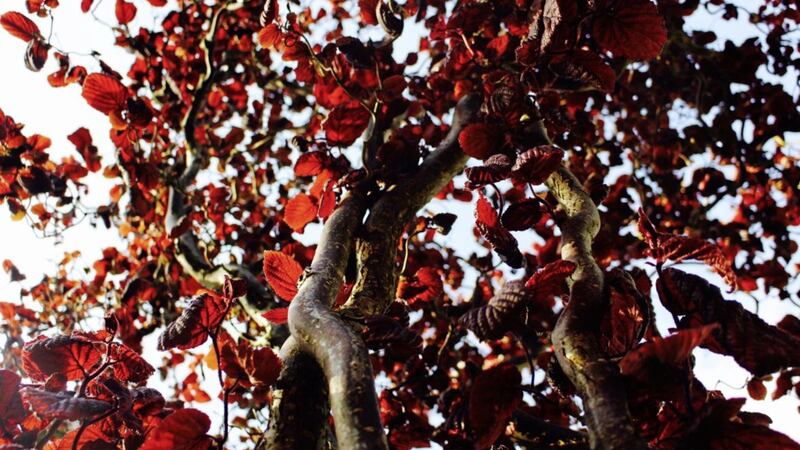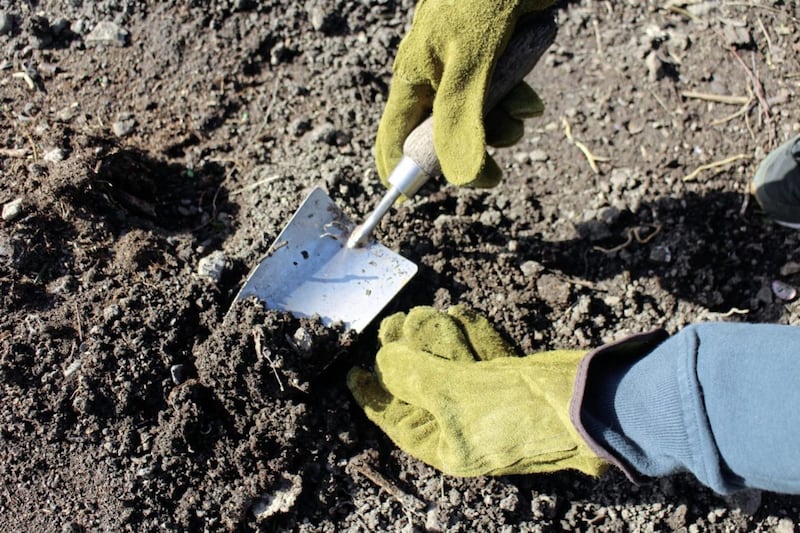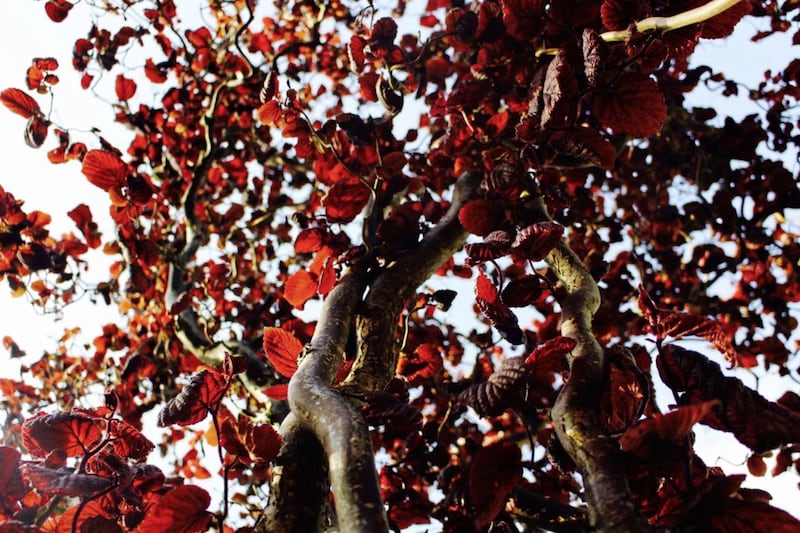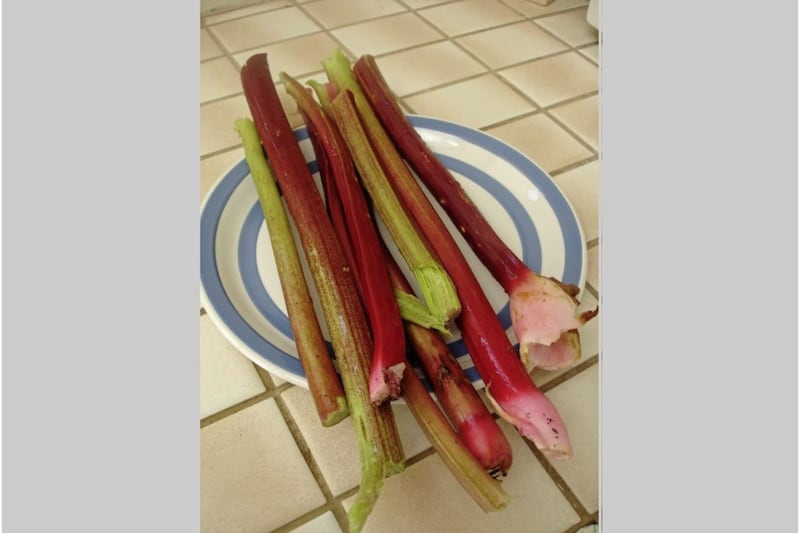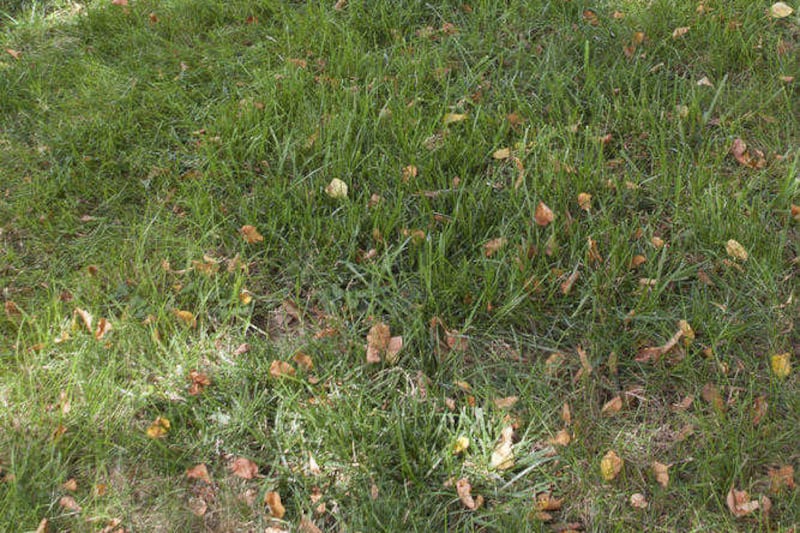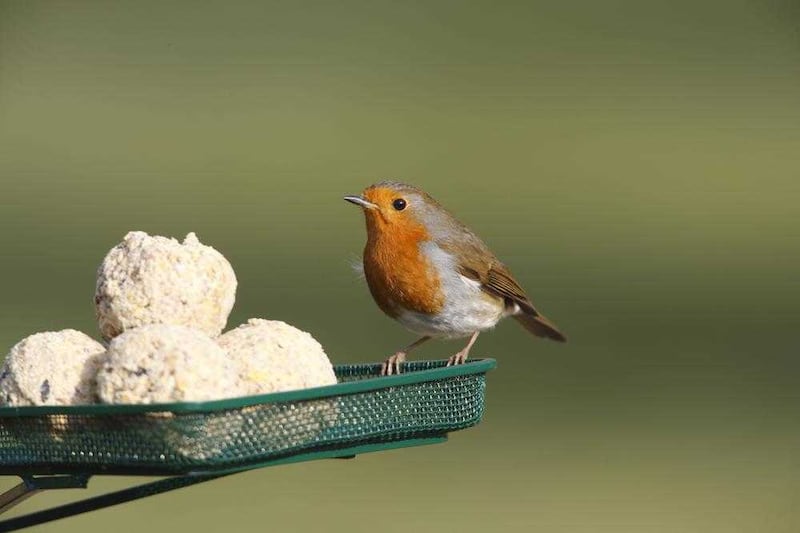THE Irish monsoon season continues unabated. I can’t imagine many will be surprised in a few weeks’ time when we learn that this month has ranked among the wettest Augusts on record. We gardeners appreciate more than most the value of rain but only the most perverse among us would welcome the unrelenting downpours of recent weeks.
If there is an upside beyond brimming water butts it’s the greenery. The abundance of moisture makes the summer foliage doubly lush and can help extend the various shades of green well beyond the usual 40.
But it’s always good to have leaves that will provide some contrast to the greenery. There’s a surprising number of plants whose foliage is purple and deep red. They range from diminutive annuals and elegant perennials to seductive shrubs and large trees that would outlive most of us.
The reason for the difference in leaf colour is to do with science, an intriguing mix of biology, chemistry and physics. The majority of plants’ leaves are green due to the presence of chlorophyll, the key chemical in photosynthesis. Chlorophyll is good at absorbing red and blue light but reflects green light – hence leaves appear green to the human eye.
But some leaves contain anthocyanin, a pigment that is adept at absorbing green light yet more inclined to reflect red, blue or purple light. These still contain a certain amount of chlorophyll, which ensures they can still photosynthesise, but the green colour is masked by the anthocyanin pigmentation.
Consider bringing some or all of the following selection into your garden to provide both diversity and punctuation...
:: Corylus avellana Contorta 'Red Majestic' – the red leafed corkscrew hazel is a striking and unusual tree that needs to be given prominence in a garden so its splendour can be seen. Its twisting vertical branches look great when naked in winter, bedecked with catkins in spring and covered with deep red foliage in summer. Works best in a sunny spot in both a container or in open ground.
:: Heuchera ‘Black Beauty’ – Heucheras are unlikely to stop you dead in your tracks but they are useful addition to any border with long-lasting foliage and upright flower spikes. The leaves of this unusual variety are not unlike 'Lollo Rossa’ lettuce but with a much deeper red-purple hue. Flowers from May through to September
:: Cotinus ‘Royal Purple’ – Commonly known as the smokebush, this shrub is great value, whether at the back of a border or even as a specimen in isolation. It’s a vigorous plant that can withstand an annual hard prune to keep it in shape. It has smoke-like plumes of purplish-pink flowers in summer before its dark red-purple leaves turn a beguiling scarlet in autumn.
:: Sambucus nigra ‘Black Lace’ – The elder is one of our most common and best loved native trees and it’s perhaps because of this familiarity that its dark leaved relative is overlooked. The mildly exotic, deep purple foliage provides the perfect backdrop for the pink flowers in early summer, ensuring any cordial you make from the berries will also be pink.
:: Copper Beech – If you’re after something big and dramatic, and you’ve got plenty of time to wait for it to mature, then look no further than Fagus sylvatica f. purpurea – the copper beech. A cultivated form of common beech, it shares similar characteristics and can be utilised as a hedge or singularly as a specimen – though kept unchecked it’ll grow to 40 metres or more.
